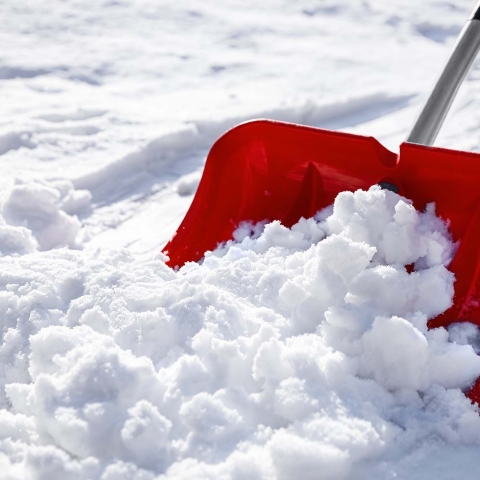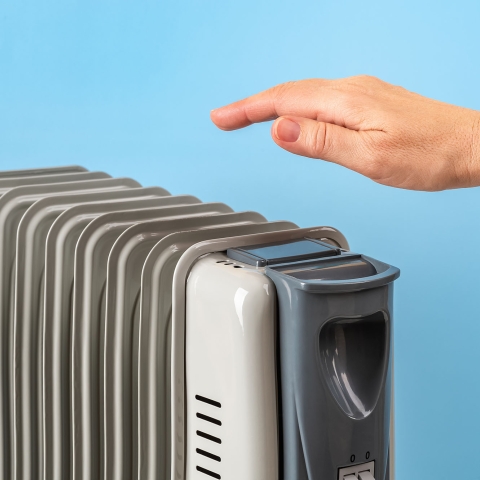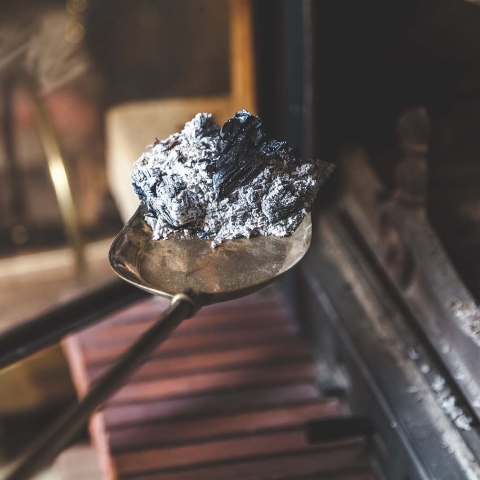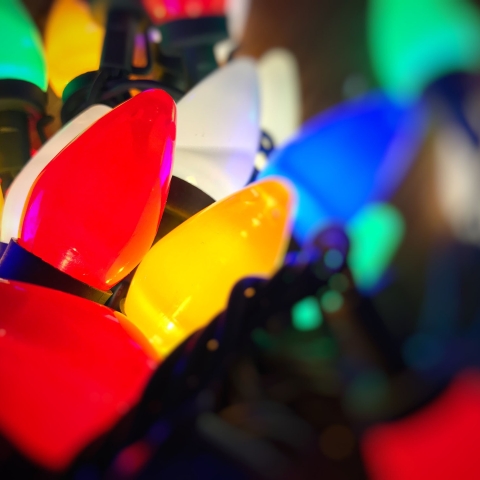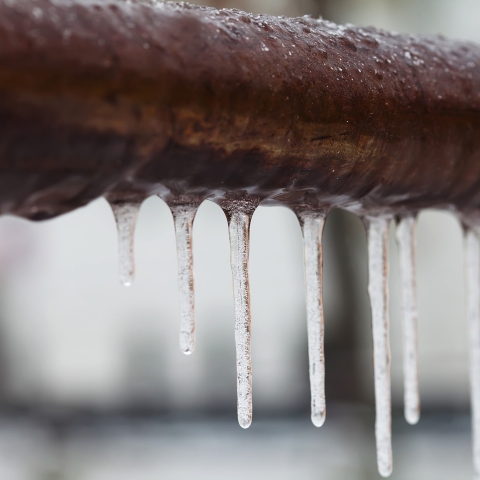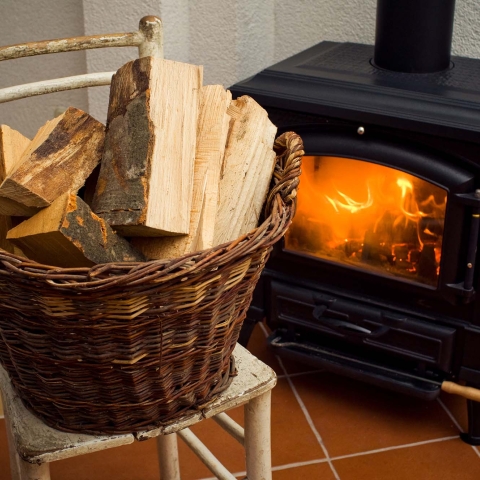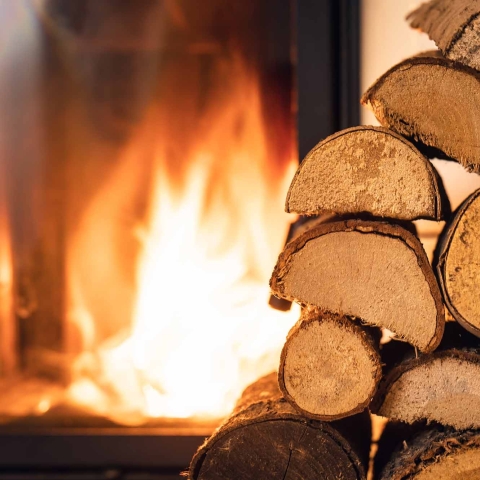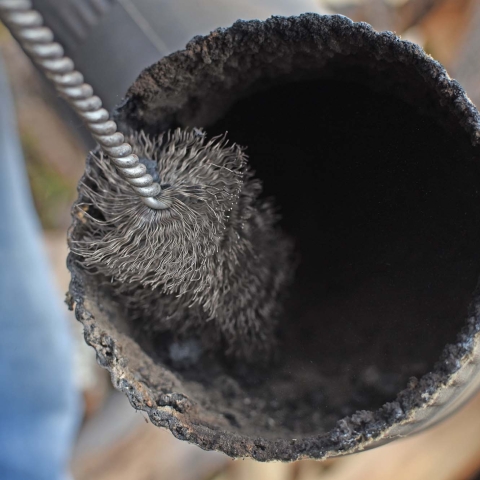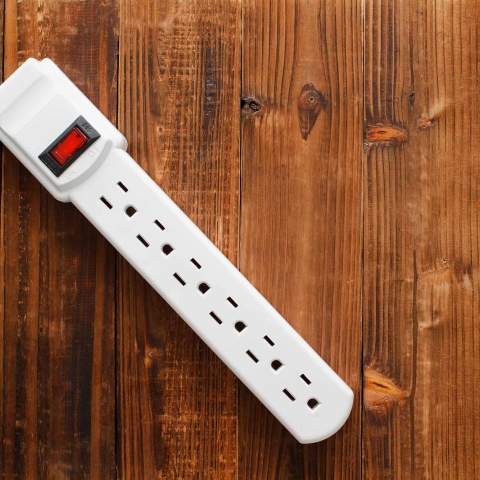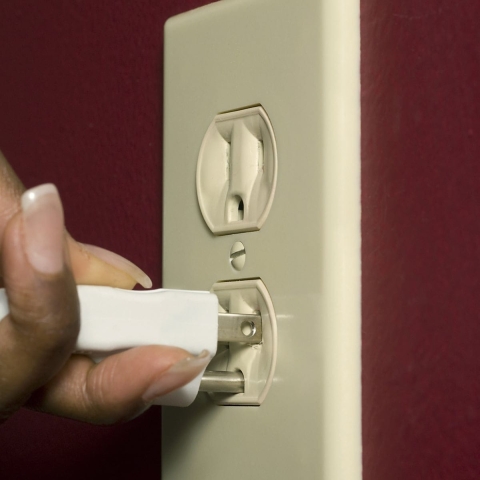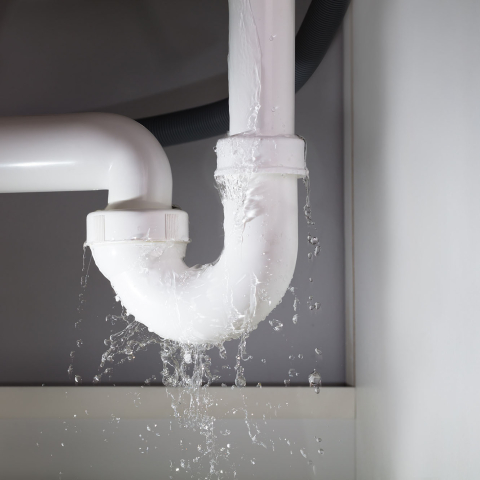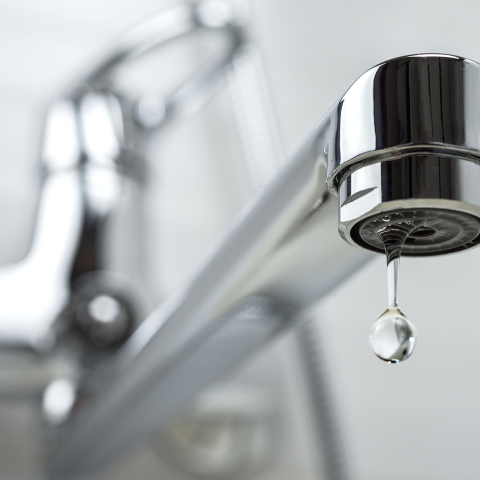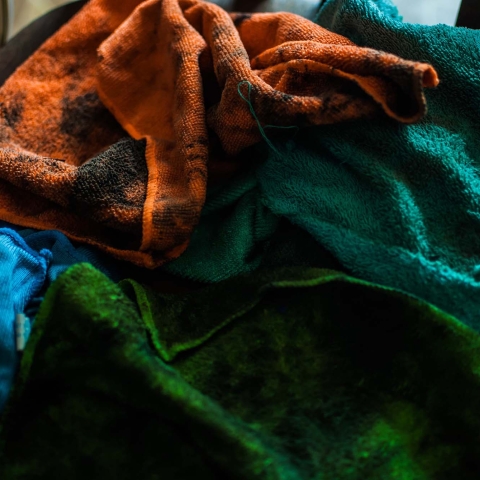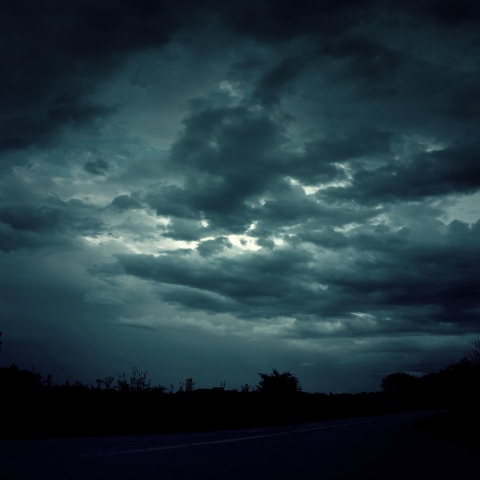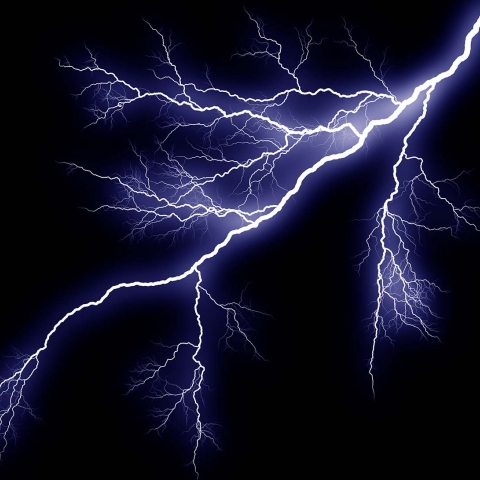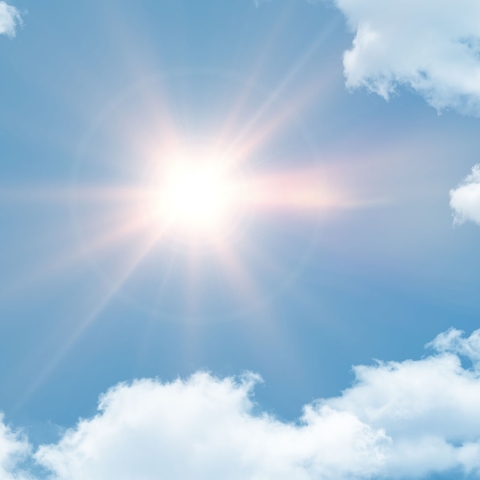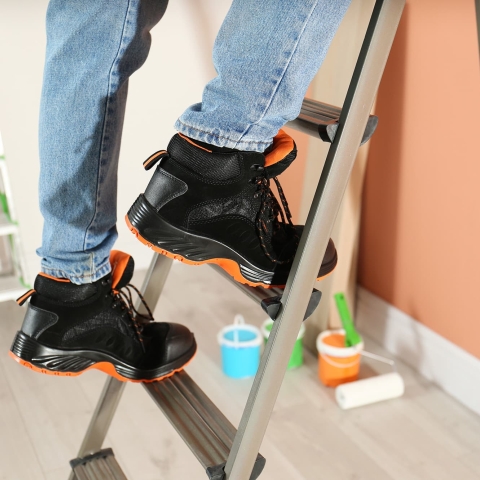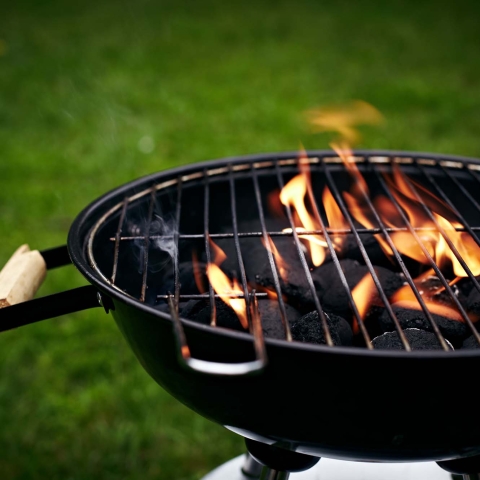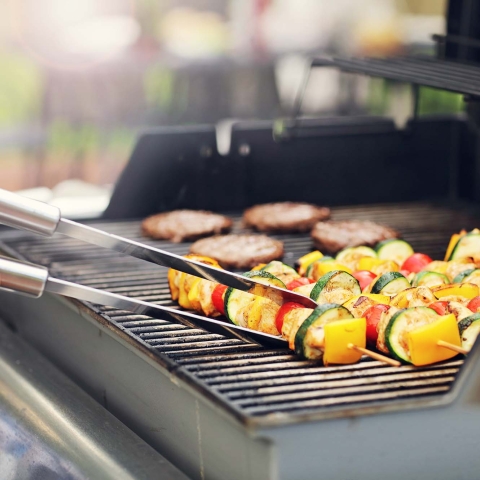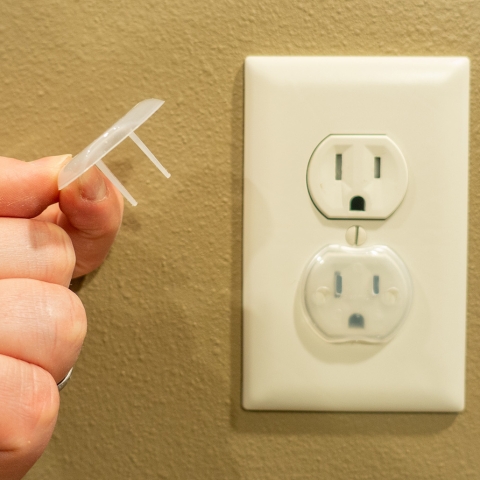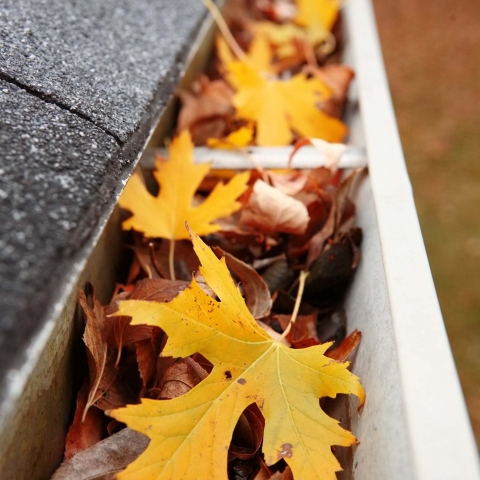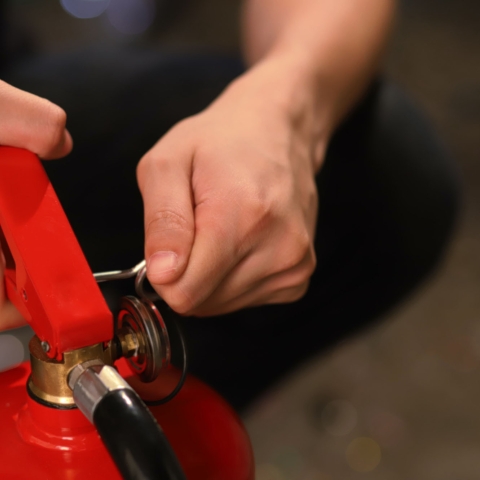Safety Tips for Your Home Clothes Dryer
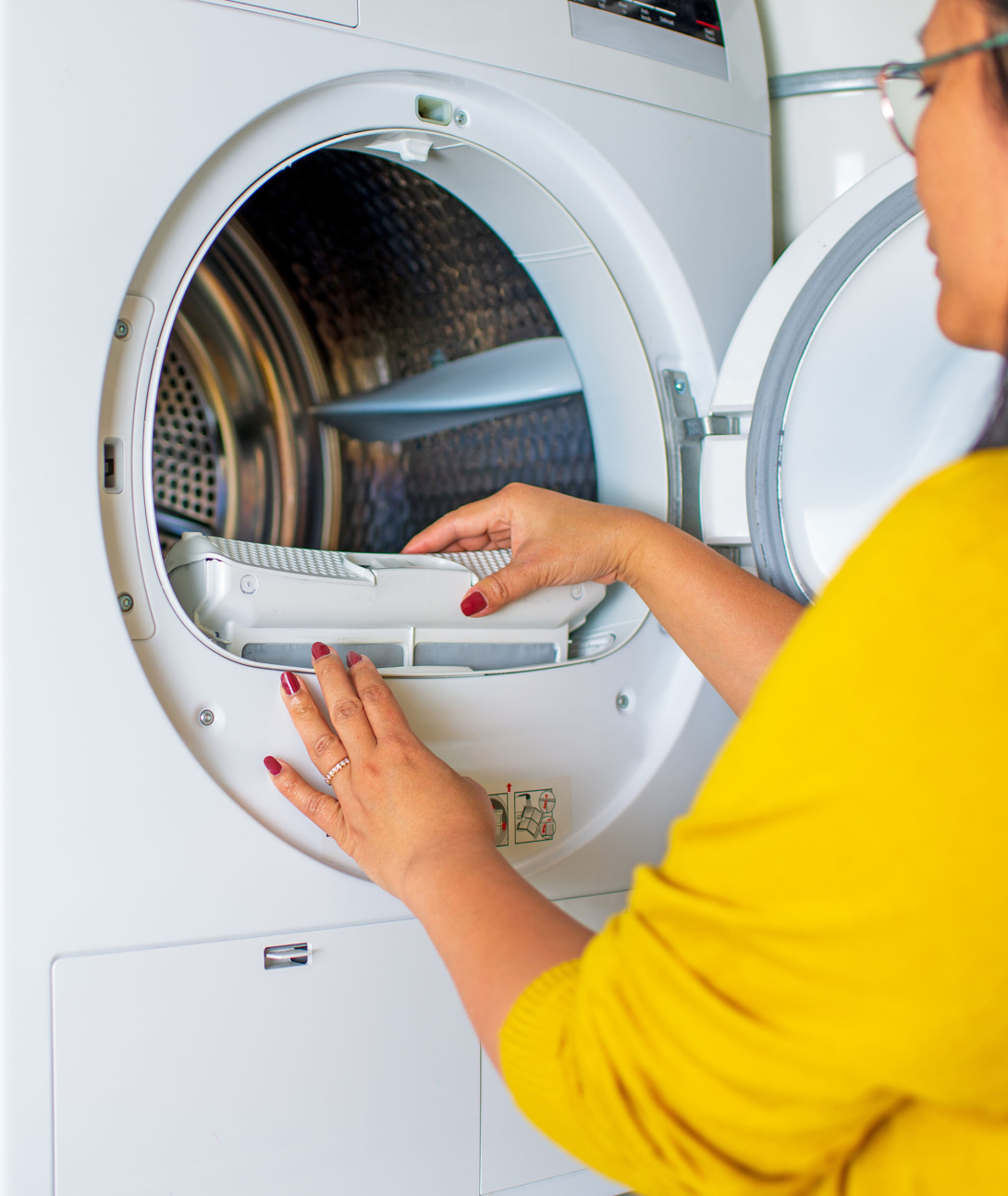
The Importance of Dryer Maintenance
Did you know more home clothes dryer fires happen in the fall and winter months? According to the U.S. Fire Administration (USFA), 2,900 home clothes dryer fires are reported each year and cause $35 million in property loss.
Here are some home dryer safety tips for you and your home courtesy of the USFA:
Installation
- Have your clothes dryer installed by a professional.
- Make sure the correct electrical plug and outlet are used and that the dryer is connected properly.
- Read manufacturers' instructions and warnings in use and care manuals that come with new dryers.
Cleaning
- Clean the lint filter before and after each load of laundry. Don’t forget to clean the back of the dryer where lint can build up. In addition, clean the lint filter with a nylon brush at least every six months or more often if it becomes clogged.
- Clean lint out of the vent pipe every three months.
- Have your dryer cleaned regularly by a professional, especially if it is taking longer than normal for clothes to dry.
Maintenance
- Inspect the venting system behind the dryer to ensure it is not damaged or restricted.
- Put a covering on outside wall dampers to keep out rain, snow, and dirt.
- Make sure the outdoor vent covering opens when the dryer is on.
- Replace coiled-wire foil or plastic venting with rigid, non-ribbed metal duct.
- Have gas-powered dryers inspected every year by a professional to ensure that the gas line and connection are together and free of leaks.
- Check regularly to make sure nests of small animals and insects are not blocking the outside vent.
- Keep the area around the clothes dryer free of items that can burn.
- If you will be away from home for an extended time, unplug or disconnect the dryer.
Clothes Dryer Don’ts
- Don’t use a clothes dryer without a lint filter or with a lint filter that is loose, damaged, or clogged.
- Don’t overload the dryer.
- Don’t use a wire screen or cloth to cover the wall damper. They can collect lint and clog the dryer vent.
- Don’t dry anything containing foam, rubber, or plastic. An example of an item not to place in a dryer is a bathroom rug with a rubber backing.
- Don’t dry any item for which manufacturers' instructions state “dry away from heat.”
- Don’t dry glass fiber materials (unless manufacturers' instructions allow).
- Don’t dry items that have come into contact with anything flammable like alcohol, cooking oils or gasoline. Dry them outdoors or in a well-ventilated room, away from heat.
- Don’t leave a clothes dryer running if you leave home or when you go to bed.
SOURCE: U.S. Fire Administration
The information presented in this document is for informational and educational purposes only. It is intended to assist individuals, farmers, and business owners in identifying common hazards/risks and considering proactive loss prevention or loss mitigation actions. For information related to specific loss hazards or questions regarding specific policy coverage, please contact your insurance agent.

